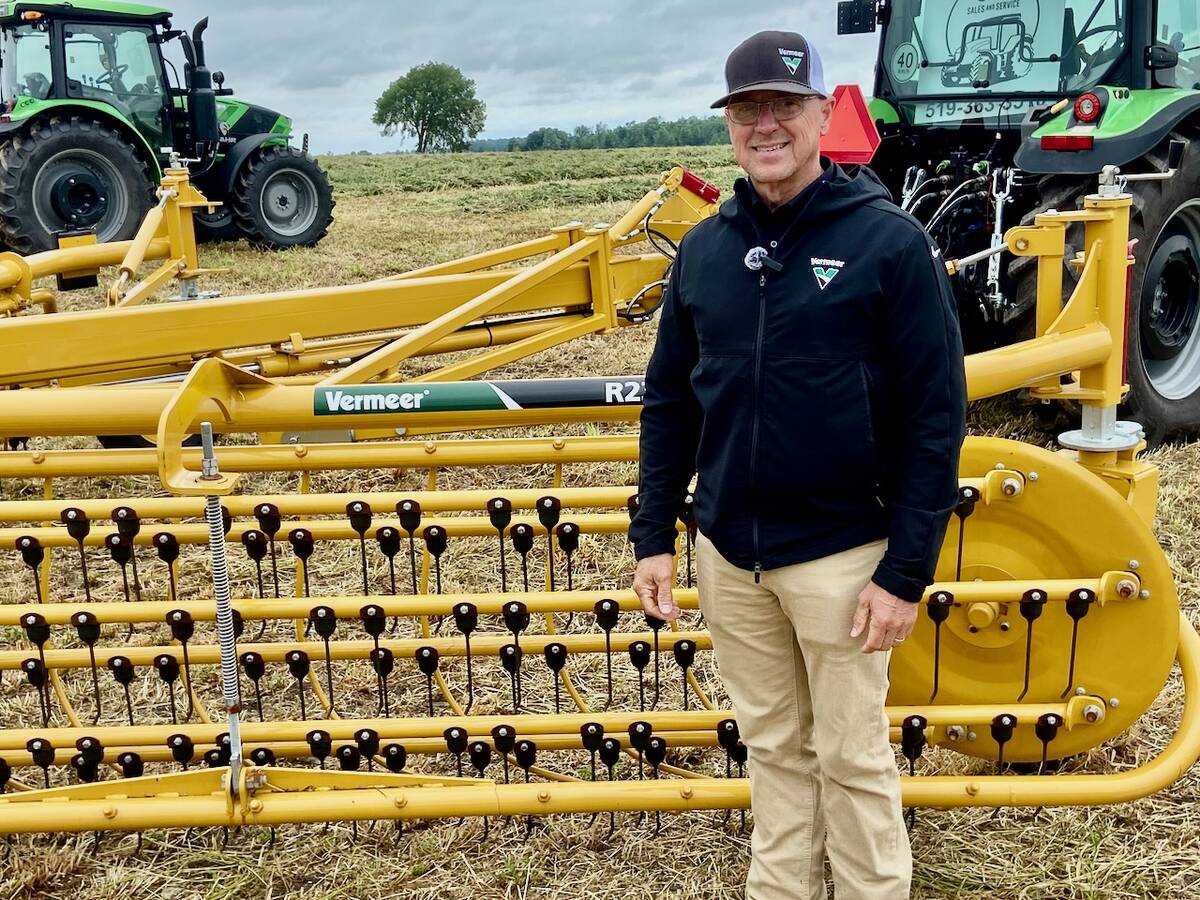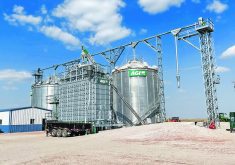In an announcement made at the Iowa State Fair earlier this month, Lee Zeldin, administrator of the U.S. Environmental Protection Agency, announced another change in its regulations for both on- and off-road diesel engine emissions.
It affects the amount of time an engine can operate normally after a diesel exhaust fluid (DEF) system failure occurs.
Use of DEF is required in all modern selective catalytic reduction (SCR) emissions systems, which nearly all high-horsepower diesel engines use to reduce pollutants coming out of the exhaust pipe.
Read Also

Basket rakes pitched for top-quality windrows
Boxy, clean windrows help make better hay bales for livestock farms and forage growers, and a basket rake excels in those areas, says Bart Elder of Vermeer.
“We have heard loud and clear from small businesses across the United States that the current DEF system is unacceptable,” said Zeldin.
“It is unacceptable that farmers, truckers, construction workers and many other small businesses continually experience failures of diesel-powered equipment when they need it most — costing millions of dollars in lost productivity.
“Today, we are responding to those concerns by calling on manufacturers to take action to update their software and eliminate the unnecessary sudden loss of power and frustrating shutdowns that too many Americans have experienced.”
Canada has aligned its emissions regulations with the United States, so the new rule will almost certainly affect engines in use in Canada as well.
Previously, an off-road engine would derate to an idle-only mode after only four hours when an engine runs out of DEF or experiences a sensor failure. It’s a problem that has frustrated many growers whose tractors or other machines shut down in the middle of a busy season.
It means a service technician needs to come out and get the machine going again. And during seeding or harvesting, when dealership service staff are very busy, it can take a while for them to arrive.
The new rule should give farmers more breathing room when experiencing a DEF fault, allowing them ample working time until a mechanic arrives.
After a system failure, the machine will run for 36 hours before experiencing a 25 per cent torque reduction. After 100 hours, the torque reduction increases to 50 per cent. Off-road engines can be restarted three times after a system failure and run for up to 30 minutes at full power each time.
In heavy-duty on-road trucks, DEF failures cause the engine to derate to five m.p.h. for four hours after a initial driver notification. That now changes initially to 650 miles, or 100 hours, before only a 15 per cent torque reduction. A secondary torque reduction increases that to 30 per cent after an additional 80 hours, or 4,200 miles. A final speed reduction to 25 m.p.h. occurs after 8,400 miles or an additional 160 hours.
The new rule allows not only for changes to current model year engines but allows for reprogramming existing engines already in use.
The EPA says its new guidance, developed in collaboration with manufacturers, will work to ensure that the necessary software changes can be made on existing equipment and vehicles.
















